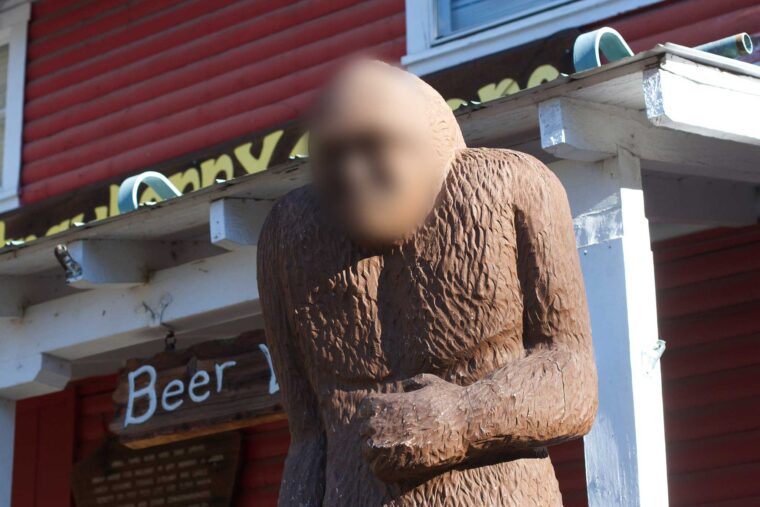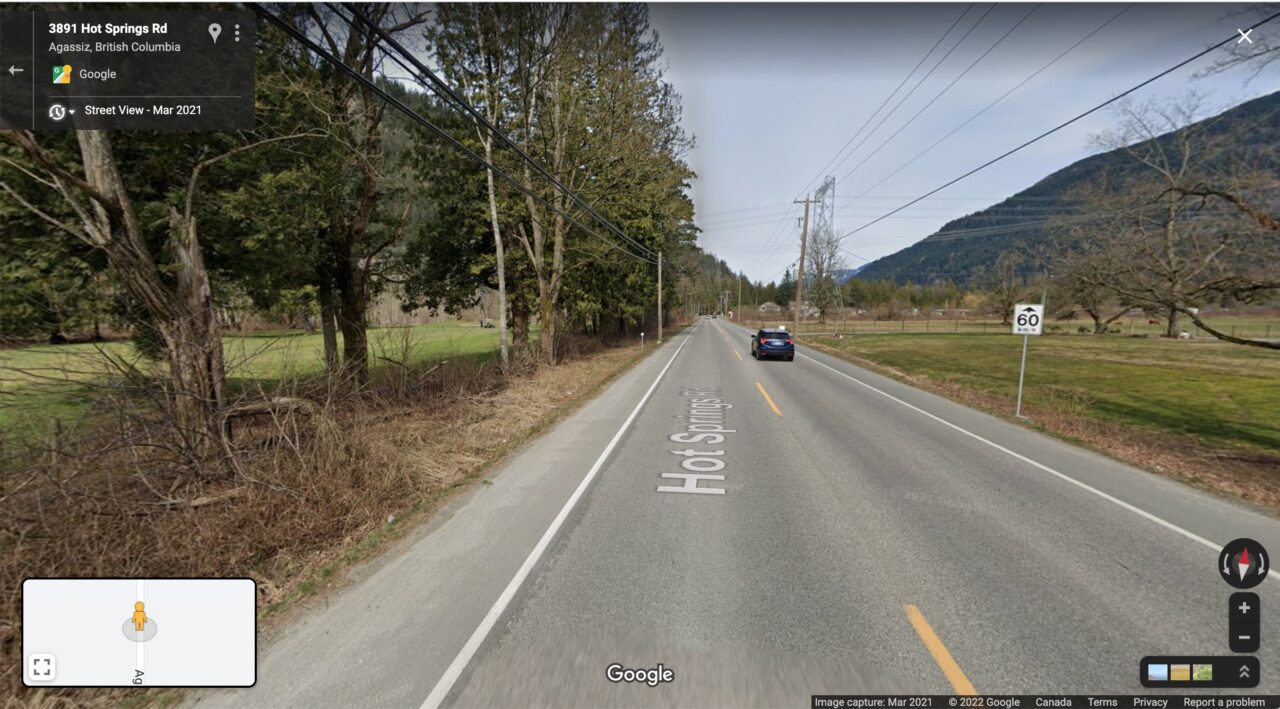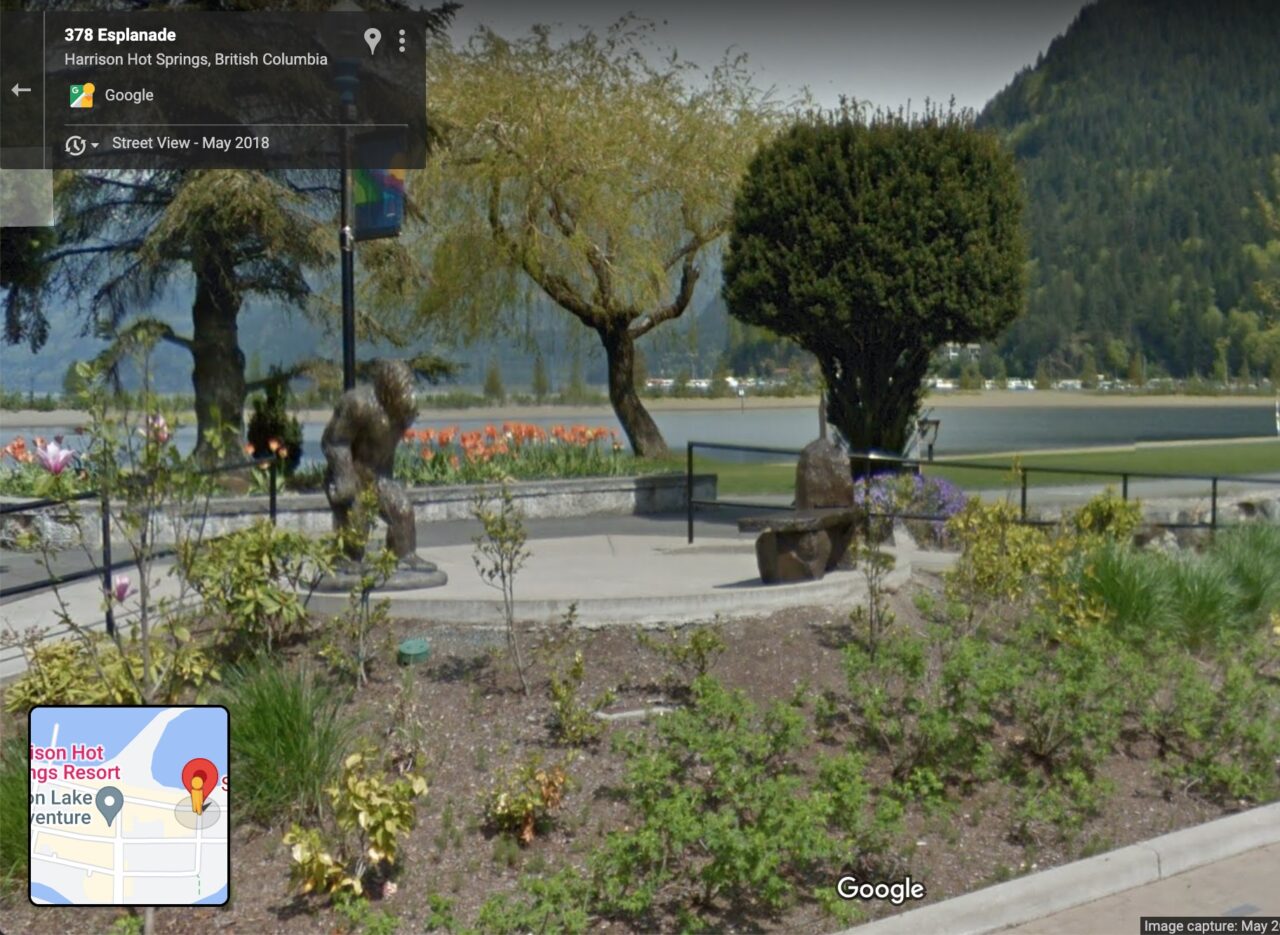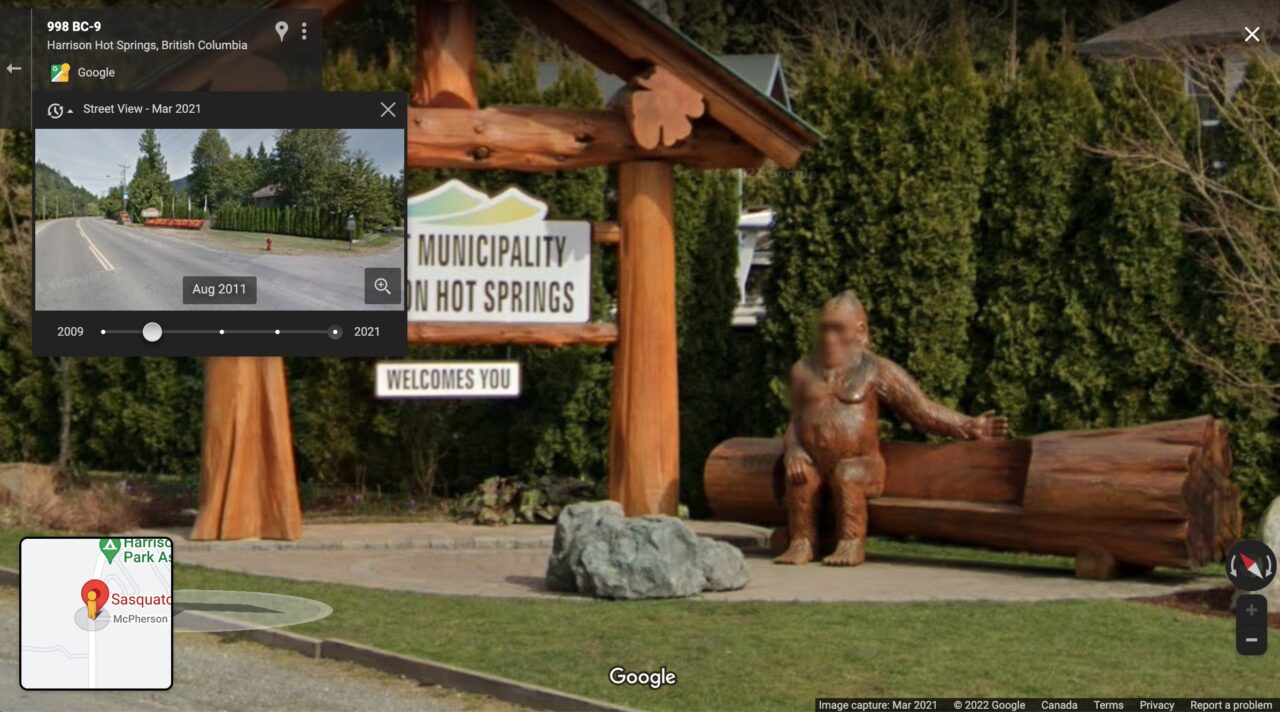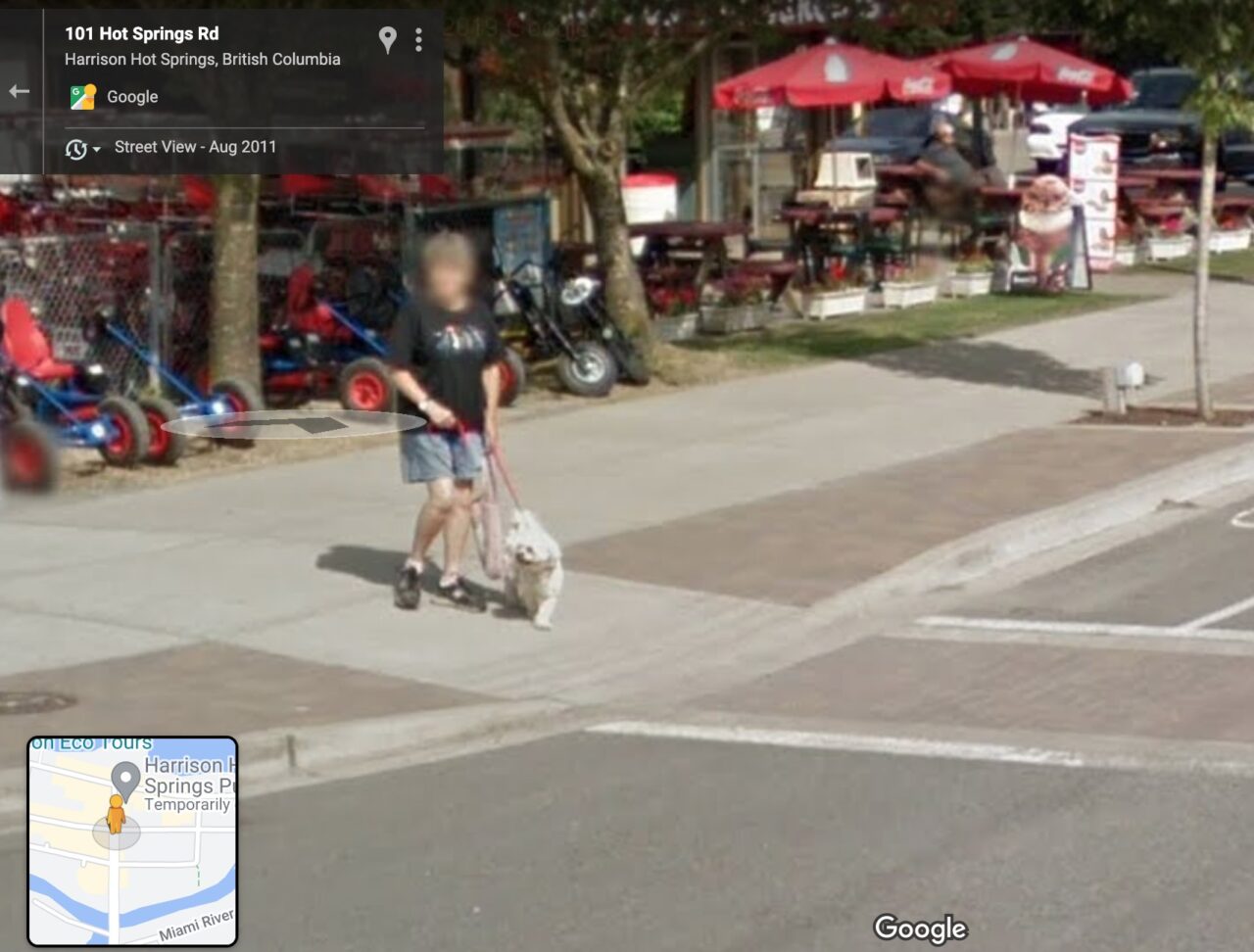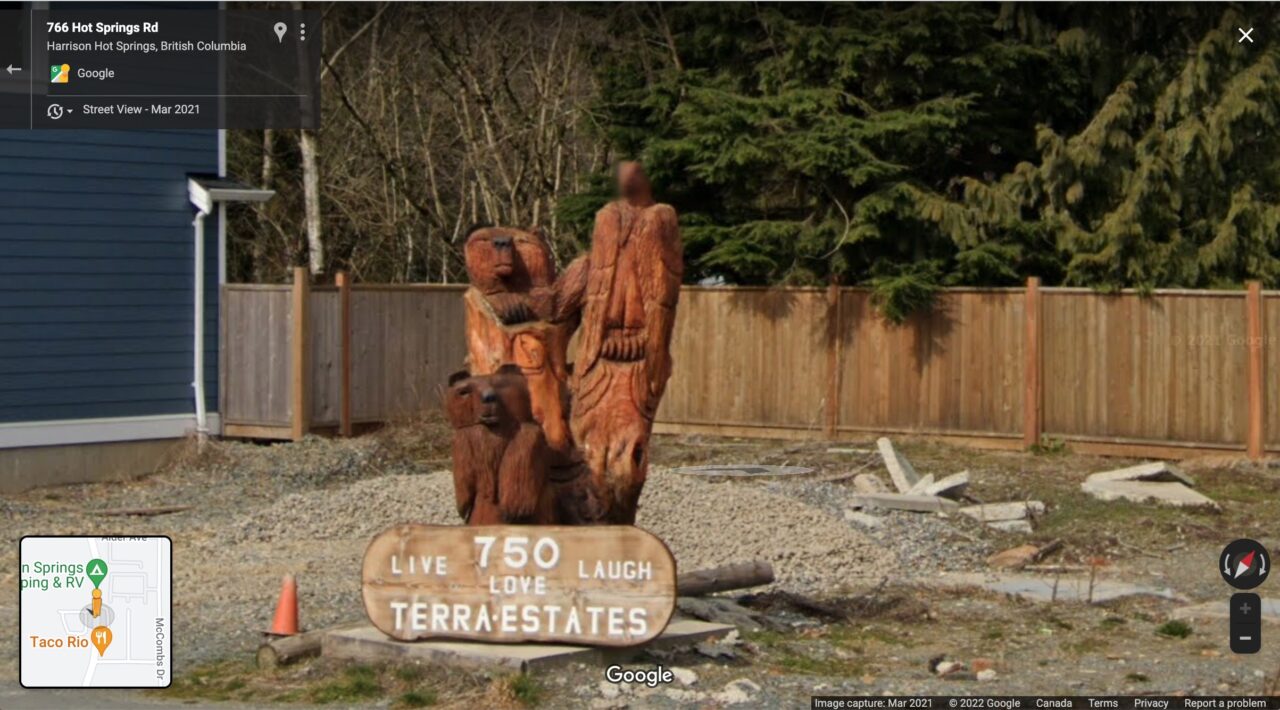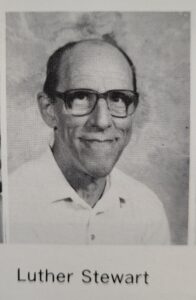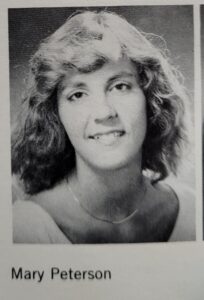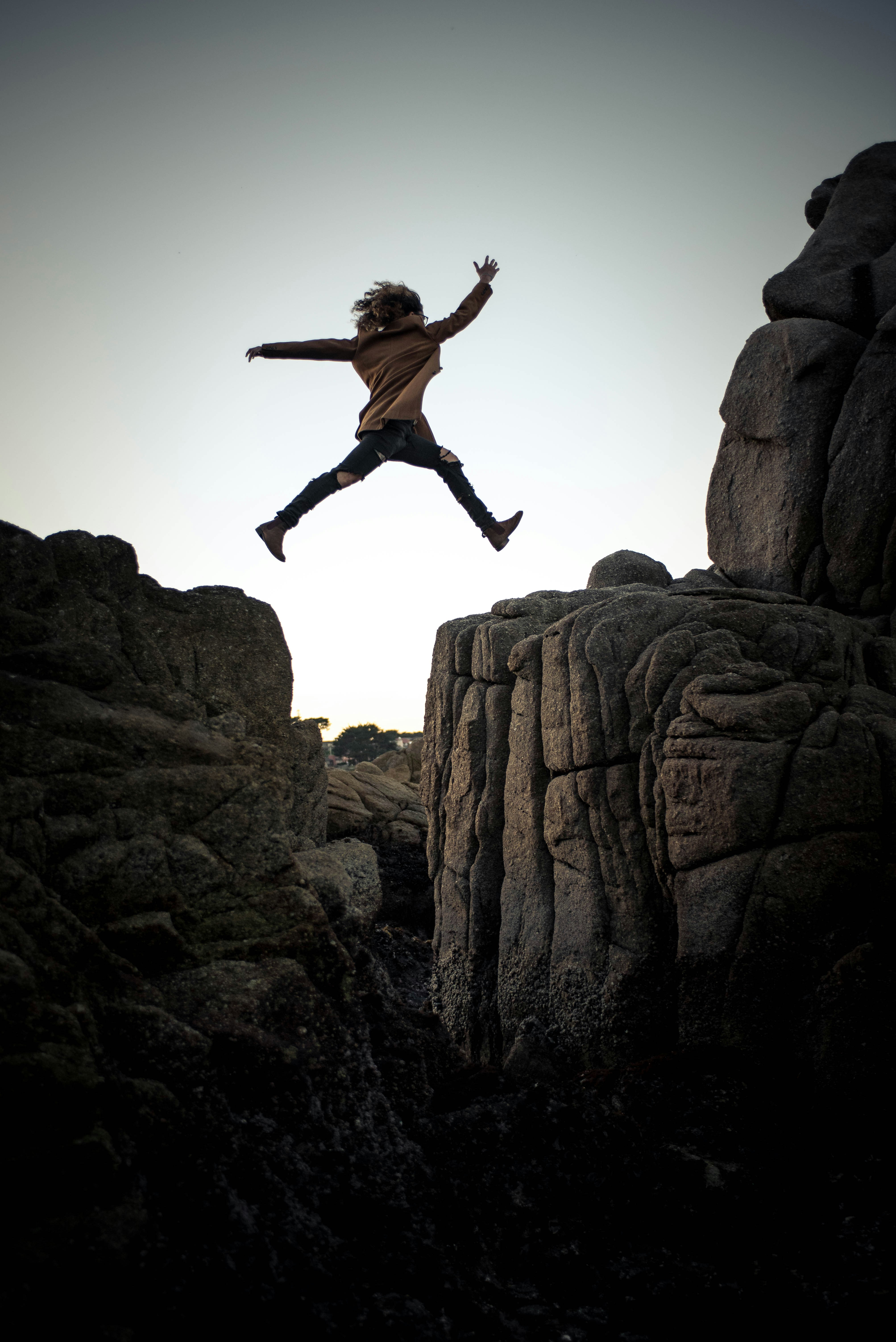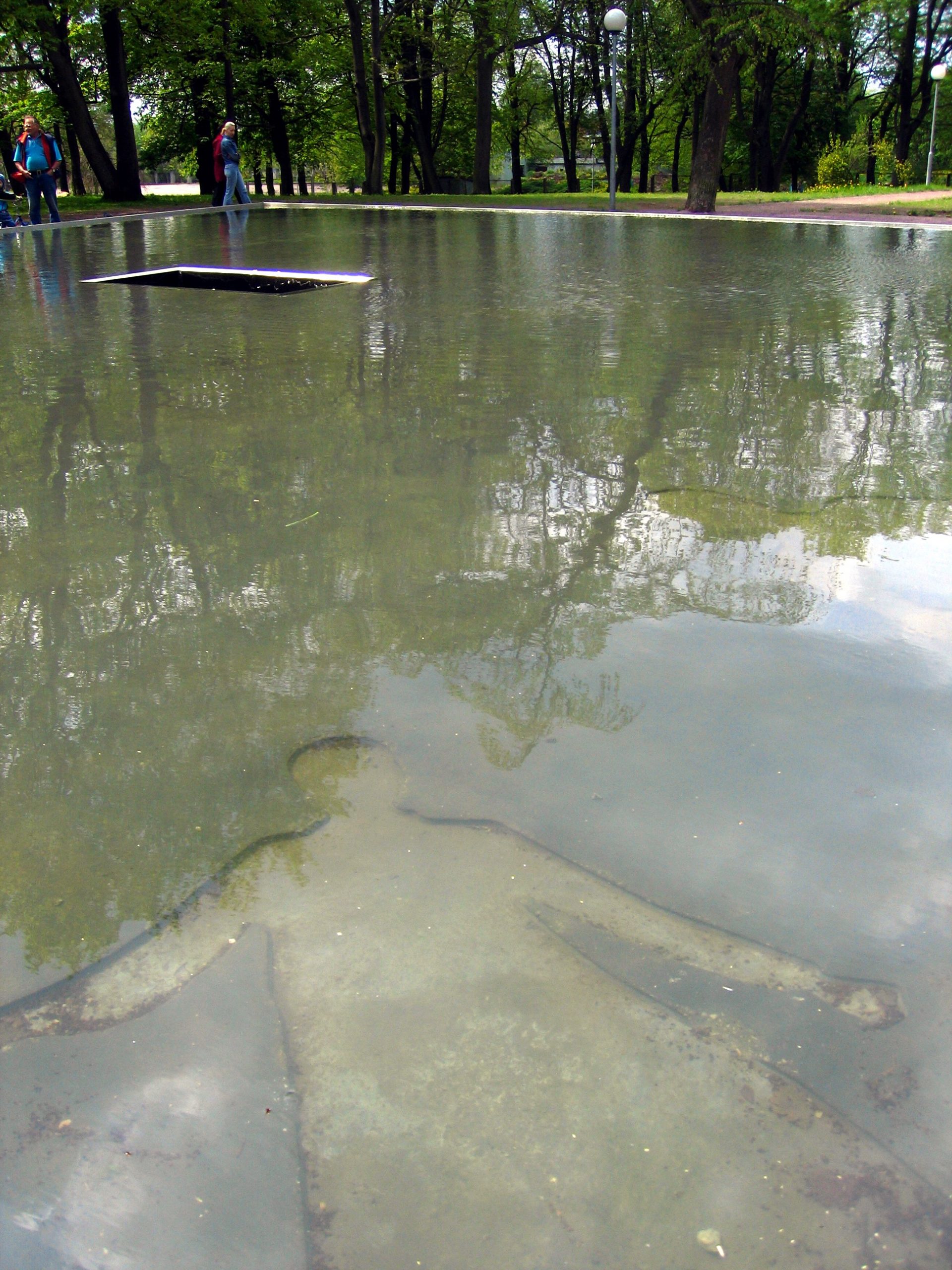Faulty Assumptions….
I received an insurance notice the other day from a company with whom I’ve been doing business for decades — many decades. What caught my eye was the fact that it was in my husband’s name, not his and mine, not a version of the two, just his – as if I didn’t even exist. (We do not share the same name. When we married and I was asked what my name would become, I wrote out the name I was born with. Yes, it’s a difficult name, but I’m sticking with it.) But to assume that because I am finally (italics, for my mother) married and that all of my business correspondence should now be in my husband’s name is a bit presumptuous. Is this recent? No, we’ve been married 25 years. One would think after 25 years this would no longer be an issue. Haven’t we made more progress socially? I assumed we had. I guess I was wrong.
And speaking of presumptuous: Not only did I receive a notice for insurance that used to be in my name since the late 1980s, when I recently received a health insurance card from my husband’s employer the issuer ASSUMED and put down my husband’s last name next to my first. Excuse me, not only is that not legal, but it is incompetent. I was not asked, and neither was my husband. Please, let me go on — but I won’t.
Are my husband’s feelings hurt because I didn’t take his name? Not a whit. I would never have married him if his ego was so easily bruised.

Now, putting assumptions and names aside for a minute, a rose (or Puffin, in this case) by any other name, and all of that, let’s get back to our primary subject DIVERSITY. Diversity is vested in INCLUSIVITY and ACCEPTANCE. What was all that about a name? If you can’t even get that right, how are you going to get any other elements of diversity correct? We are still assuming or presuming wrongly, on some of the most basic things.
I know all of you will do a great job at including a list of everything and everyone that should be part of diversity. I am proud and confident of that statement and will leave you to it – because I’m going for something different.
As an instructor teaching about American and world cultures I am hyper-aware of inconsistencies when talking about culture and people – especially when it comes to research and portrayals of different kinds and types of people.
Researchers have gone into difficult areas of the world in order to make recordings of people’s music they knew nothing about. Unfortunately, at times, that has also included some general assumptions that the people they were studying lacked civilization. In whose world? Who gets to say? Yes, I’m making a broad-based assumption. That used to be a fact more than it tends to be today. I am forever thankful for researchers doing these difficult things, taking these difficult journeys. I just want to make sure that we don’t make assumptions based on “facts not in evidence.”
Let Them Communicate
If we strive to make sure that all groups are included, which is part of my goal, then we need to make sure that all people are respected, as well. It’s not enough that they are in the room. I’ve watched people be placed or allowed “in the room,” and then thoroughly ignored. Not only do these individuals need to be part of the conversation while they are there; but when they aren’t there, the conversation needs to act as if they are. It’s amazing what kinds of insights these individuals can bring to the conversation if only someone would care enough to listen. The scions of culture (okay, I admit to a little sarcasm here), TV, the classroom, film, books, and multimedia, need to refer to everyone in the same manner – – respectfully. That includes written dialogue, how one speaks to others and about others, and doesn’t always go for the punchline – especially at someone else’s expense.
I still hear “you do such and such like a ____________________ fill in the blank for the disparaging remark aimed at gender, ethnicity, age, ability, et cetera. I was watching a favorite movie not long ago, one I’d always loved with dialogue elements at their finest, but I gasped when I heard the expression “Are you learning impaired” as a joke. I was sick with disappointment that one of my favorite screenwriters stooped to such a cliché. As long as people are encouraged to make fun at others’ expense, whatever difference, we will not truly have a diverse and cohesive cohort – whether they are present or not. In the meantime, I will never be able to watch that film again.
Two Difficult Groups
I’d like to leave you with two thoughts, and they don’t have to do with names, but identities; Two groups who are largely ignored, dismissed, and forgotten. They are:
- People over 50, yes, 50, – the aging population (I know you don’t believe me, but it’s very true)
- The Cognitively Disabled (I know you’ll believe me on this and you’ll start with .…but – I want you to hold that ‘but’ in.)
Yup, I’m aiming deep. The aging population, in general, is dismissed, mocked, and ignored. The cognitively disabled is a difficult group because every individual is different – differently abled, and different thinkers.

Temple Grandin has a great way of putting those on the autism spectrum (to name only one segment from the cognitively disabled) into a more robust point of view. She believes that it takes someone on the spectrum in order to change and move society through discovery and innovation.
Discovery and Innovation, two of my favorite power words. If you don’t know Dr. Grandin, yes, she’s on the spectrum, as she believes many who have invented and created throughout history have been, you should look up her work in the cattle industry – or on autism. She could have been shunted aside as being different, or seeing things in a different way. I agree with her. Perception or changing perspective can make all of the difference in the world. That has been her métier.
So, two difficult groups that have so much to offer society – still. Don’t assume these individuals can’t do it – assume they can with the right circumstances. I think what surprises me the most is how these two groups are constantly underestimated. How can we let people who are in their prime with their knowledge and their expertise be dismissed so easily. I can only assume it has something to do with guilt by association. No one wants to be old and ignored. No one wants to be young and cast aside, where people are afraid to let them try. I have connections with both of these groups of people and have been watching this for years – trying to keep my finger in the dike. What a waste of their talent. Don’t leave them off the list.

*Many thanks to the (GOP) Group of Puffins who lent their Images for this Writing. (No Puffins were harmed or even slightly disturbed on behalf of this document.)

